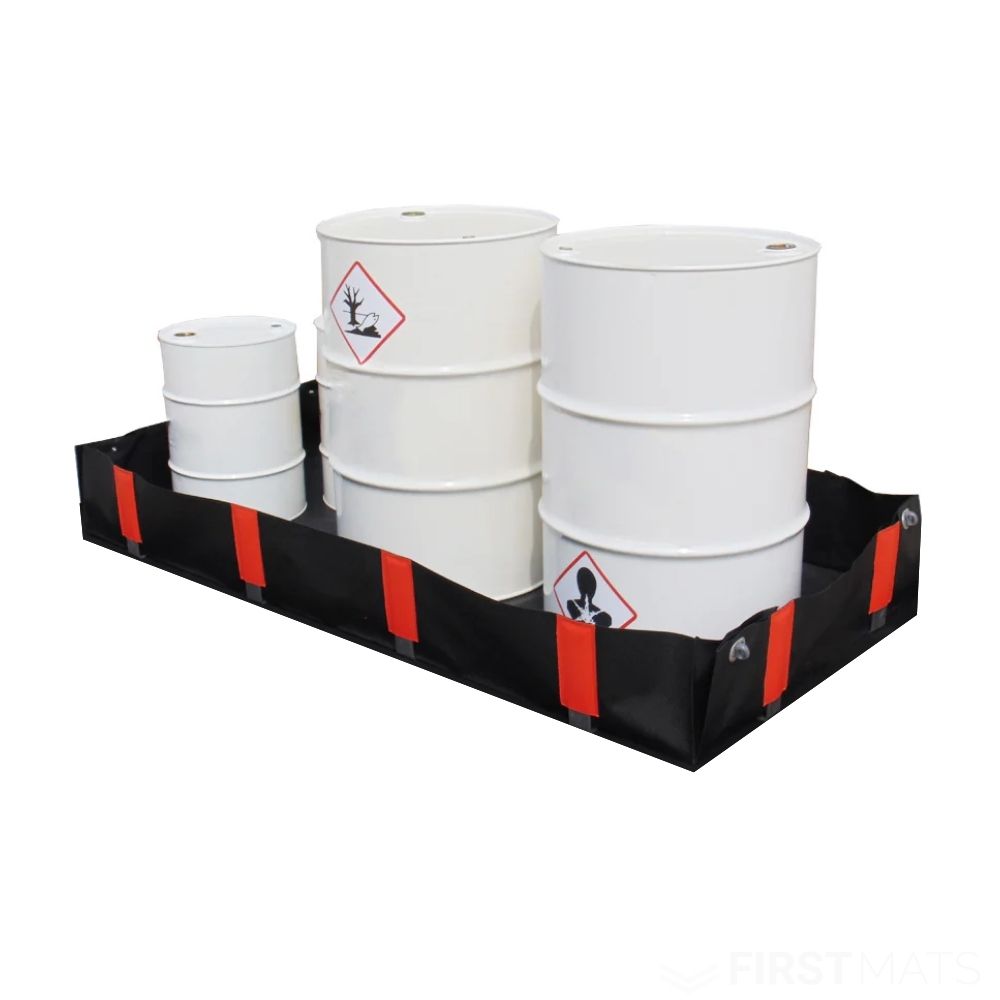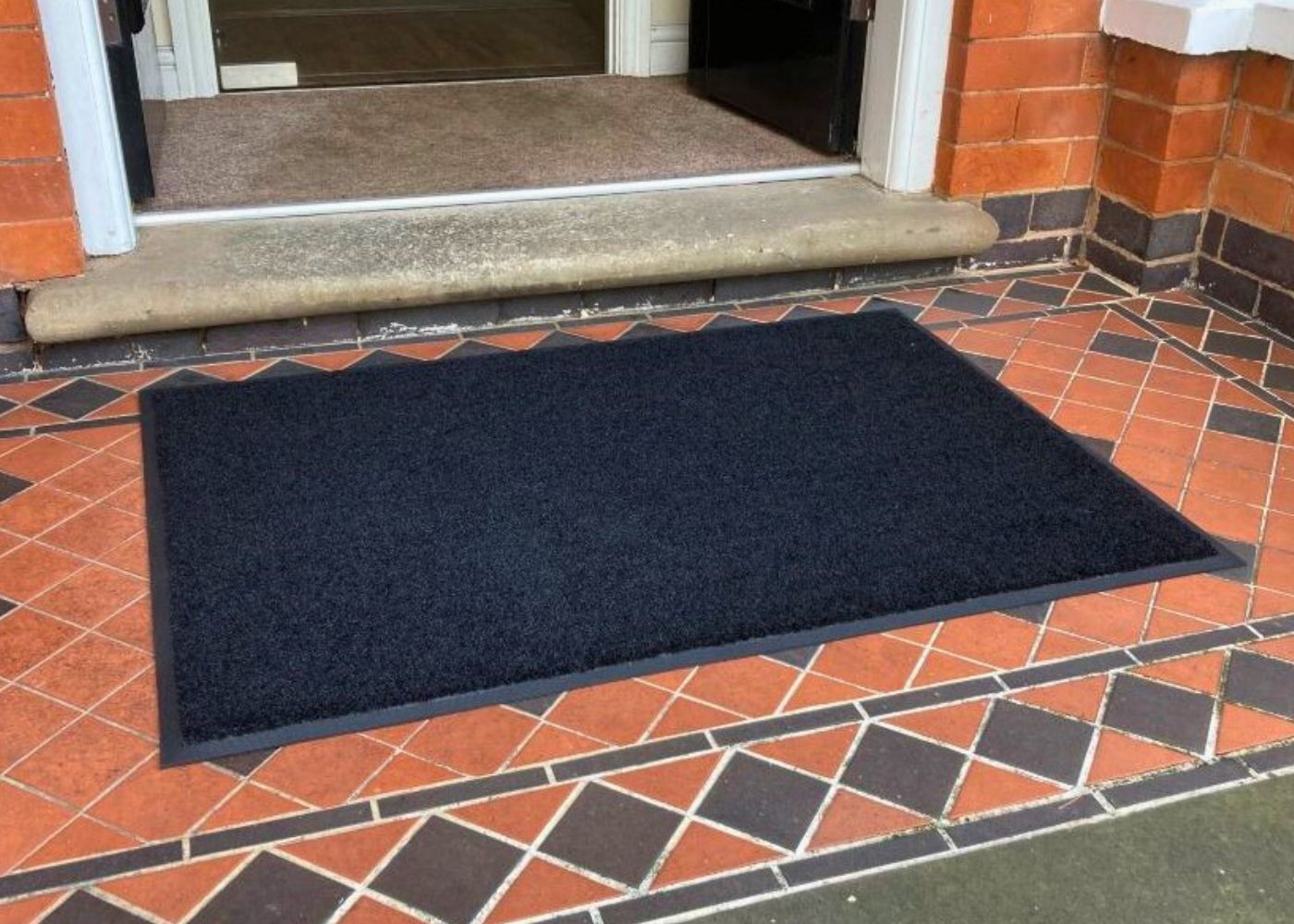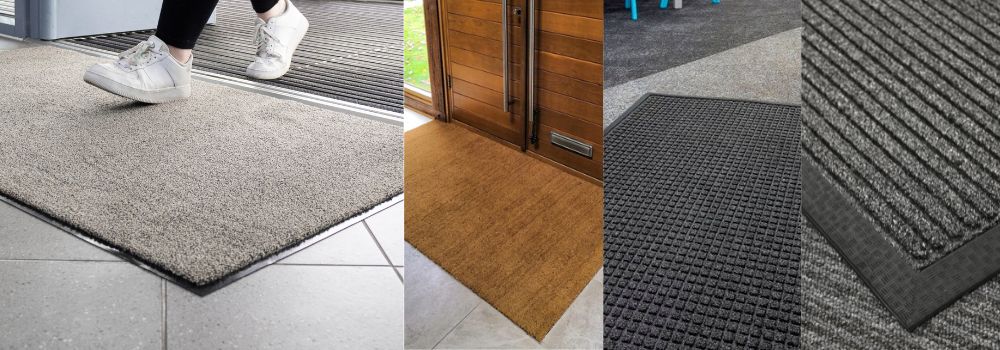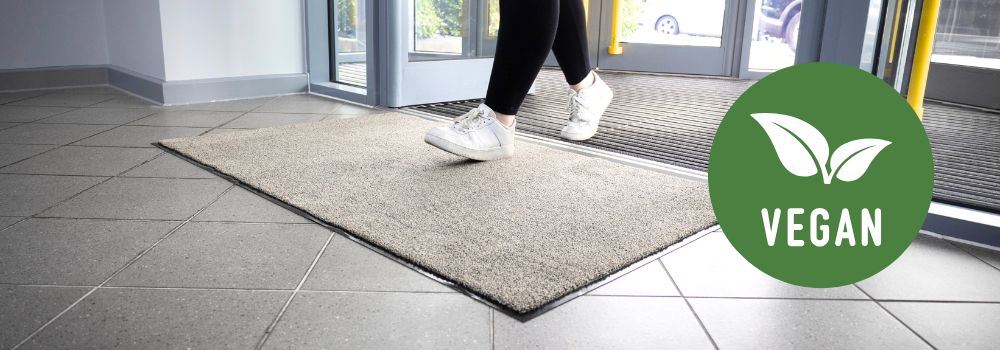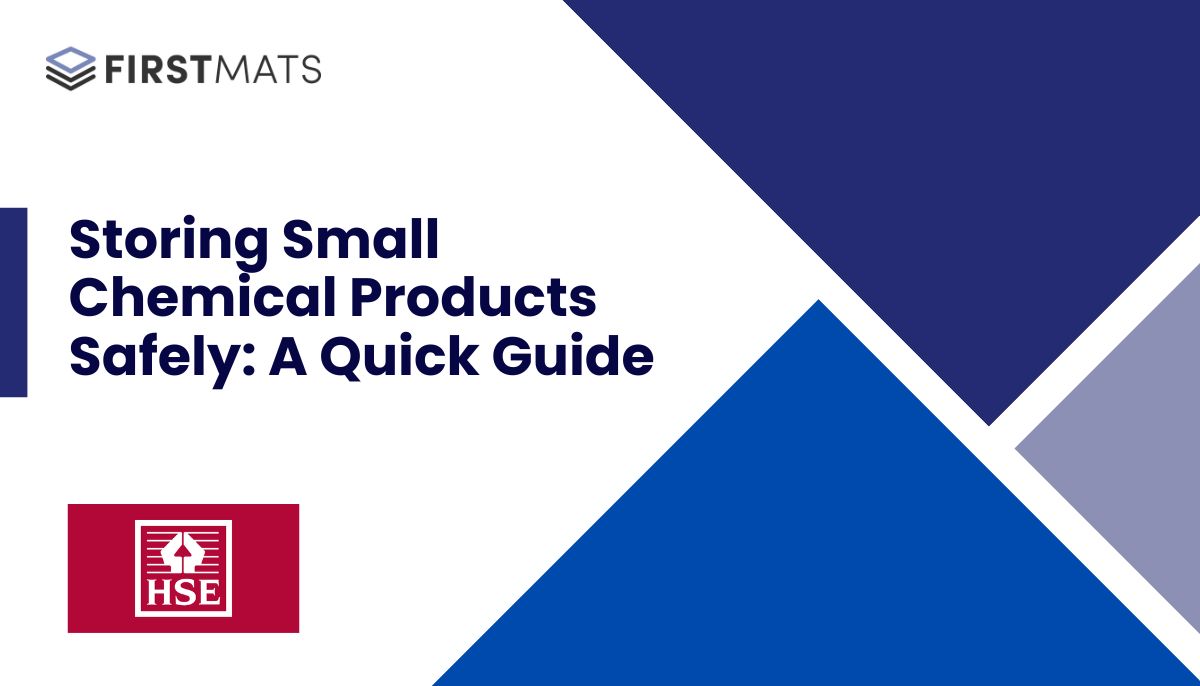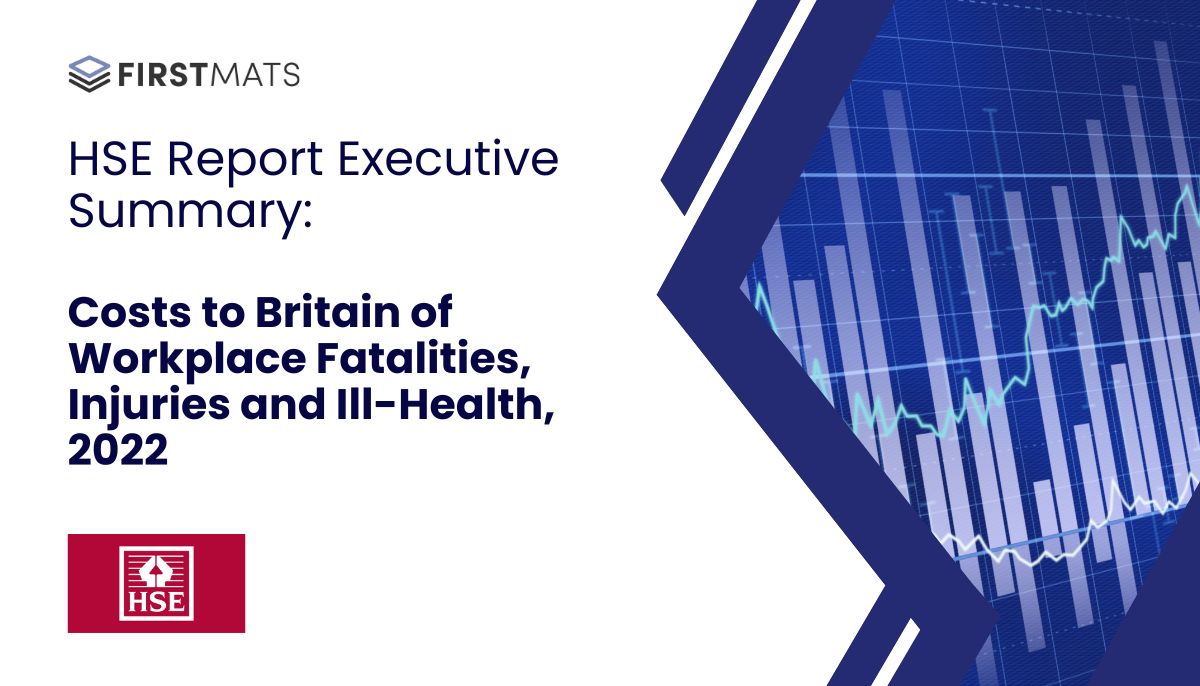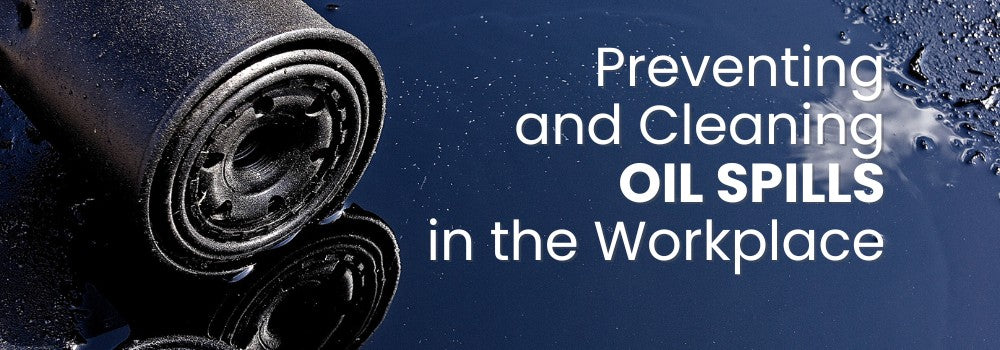Is Your Storage COSHH Compliant?

by Richard O'Connor
Apr 19, 2021 | *4 minutes to readDo you work in an industry that uses hazardous materials? Maybe you work in a school and want to improve your chemical storage. Or do you need a secure place in your garage to store strong cleaning products? You’ve come to the right place, as this article contains all the information you need about COSHH-compliant storage.
What does COSHH mean?
COSHH stands for The Control of Substances Hazardous to Health Regulations 2002; therefore, by having COSHH-compliant storage, you are following health and safety laws and meeting legal standards. This is very important as when working with any hazardous materials, essential steps and precautions must be taken to ensure everything is handled correctly and safely.
Why is having COSHH storage important?
COSHH labels many substances as being hazardous, including, but not limited to, biological agents, fumes, asphyxiating gases and many types of chemicals. Most types of these substances need to be stored in a COSHH cabinet. This is to ensure any dangerous chemicals are securely put away to reduce the risk of harm to employees and the workplace.
To be able to decide on which type of COSHH storage cupboard or cabinets best suits your needs, a risk assessment must be carried out. This not only helps identify how many cabinets may be needed by outlining the health hazards, but also highlights the danger of certain chemicals and whether or not they need to be segregated from others. For example, explosive chemicals have the potential to be extremely dangerous and, therefore must always be stored on their own, separate from any other chemicals. The risk assessment can also help devise a clear emergency plan in case of an accident.

What is the difference between COSHH-compliant and non-compliant storage?
There are many benefits of storing materials in our COSHH-compliant cabinets instead of non-compliant storage. One of which is all our cabinets have an implemented liquid-tight sump to prevent leakage*. This ensures that any spills of dangerous chemicals are caught using absorbent materials and do not pose any risk of spreading into the environment. Another benefit is that all cabinets can be locked using a key. This prevents unauthorised access to dangerous substances and ensures that only trained personnel can access the cabinets.
Also, all our cabinets are clearly labelled with warning stickers, including ‘hazardous’ and ‘flammable’. This makes them very easy to spot and recognise as COSHH cabinets as opposed to regular cabinets. They are made from an all-steel construction with heavy-duty galvanised shelves making them very sturdy and robust, able to withstand large loads, up to 70kg per shelf.
Additionally, all our COSHH-compliant cabinets are suitable for storing various materials such as chemicals, flammable liquids, acids & alkalis, and agrochemicals.
* Except wall-mounted cupboards
Which type of COSHH storage is best for me?
We have a fantastic range of COSHH-compliant cabinets and cupboards to help you create the perfect storage solution for all your hazardous materials. Not only do we have different sizes, colours and designs available, but you can also be sure they all meet legal requirements and comply with all the control of substances hazardous to health regulations.
There are three main types of cabinets available: mobile, wall-mounted and standard. Our standard range includes compact cabinets for limited space, tall cabinets for when extra storage is needed and floor chests for when a large amount of materials needs to be stored. All our cabinets come with at least one shelf, and additional shelving is available to purchase to maximise your storage space.
We hope this article has helped you gain a better insight into COSHH-compliant storage. If you have any questions or queries, please do not hesitate to contact our friendly and knowledgeable team, who would be happy to help.
For more information about storing chemicals safely, read our comprehensive Hazardous Storage Guide.
Note: This article covers the basics only and is not intended to provide a full guide to COSHH Storage Regulations. Before conducting your COSHH assessments, please refer to the guidance from the HSE.gov website here.
Explore More Topics
Frequently Asked Questions
If you have any questions, we’re here to help
How long does delivery take?
Each product comes with a specified lead time for delivery. We'll keep you informed if there are any delays in meeting this timeline.
Typically, once you’ve finalised your order and approved the proof, it will take 4-5 business days to make and deliver your finished mat.
If my order is damaged, can I return or exchange it?
Got a problem with your order? If something's not right or you're not thrilled with the quality, just let us know within 14 days of getting it. Drop us a line, and we'll tell you what to do next—usually, it starts with you sending us a photo of the issue. Once we check that out, we'll sort you out with a refund or a new item, no fuss.
Can I get my mat delivered more quickly?
Need your item in a hurry? Just Contact us to explore the faster delivery options we might have for you!
If my custom mat is damaged, can I return or exchange it?
Got a problem with your order? If something's not right or you're not thrilled with the quality, just let us know within 14 days of getting it. Drop us a line, and we'll tell you what to do next—usually, it starts with you sending us a photo of the issue. Once we check that out, we'll sort you out with a refund or a new item, no fuss.
























